The Waqf (Amendment) Bill 2024 has fired a passionate debate, polarising the society and polity alike. In the official narrative, state intervention in what is considered to be strictly a matter of piety and charity specific to the Muslim communities is driven by the imperative of efficacy, efficiency and transparency. The draft Bill, now under scrutiny by a Joint Parliamentary Committee, alludes to the development of waqf property, and derivatively, the empowerment of the community. In addition, the bill, it is argued, will usher in gender, sectarian and status/caste diversity in the constitution of the State Waqf Boards.
There are, however, also narratives circulating in the public sphere, those emanating from state quarters itself, but deliberately not officially documented. Ministers, leaders of the ruling alliance as well as embedded intelligentsia and media houses have gleefully endorsed it on grounds apparently contrary to the ones advanced above.
The most widely shared view is that the Waqf Board, following the amendment of 2013, had unbridled power to usurp non-waqf property, and the proposed amendments duly divest it of that.
Contrary to the stated objective of effective management and safeguarding, the latent motif or the underhand logic is to disempower and enfeeble the Waqf institution. Myth-making on the subject of waqf includes an inflated estimation of waqf property with allusions to its alleged illegitimate acquisition. Waqf property, which is otherwise managed and monitored by at least 32 different state boards and a host of mutawallis (caretakers), is cumulatively evaluated to present staggeringly high numbers.
We are repeatedly told that the Waqf Board-controlled properties have inexplicably swelled over the years. Thus, 52,000 ‘originally’ registered Waqfs are said to have now grown to a stunning 872,000. This makes the Waqf Board, provided it is in singular, the third largest land-holder in India following the railways and the armed forces.
What is usually concealed in the given discourse is the extent of alienation, encroachment and intractable litigations that have rendered a substantial fraction of the waqf registered property unusable for its stated purpose. That waqf property grows because of the acts of charity of pious Muslims is mischievously missed when such figures are circulated.
It is also true to some extent that the Waqf Boards, with varying degrees of success, have been able to rescue properties from adverse possessions. Connecting the two dots together — that is the perceived assumption of unbridled powers through the Act of 1995 and 2013, and the growing number of registered waqf properties — it is contended that the waqf land is deceptively encroached or acquired.
Waqf officials are also accused of rank corruption, and therefore the call for reform. Altogether, the existing Waqf Act that guarantees a degree of autonomy to the Waqf institutions is presented as a case of Muslim exceptionalism, notwithstanding the parallels with Temple Boards, Gurudwara Prabandhak Committees or several other religious trusts and maths.
If the first set of reasoning, namely transparency and efficiency corresponds to the manifest and the apparent, the second one, regarding the illegitimacy of waqf property, signifies the latent logic for the new enactment. Together they constitute the moral universe that validates the necessity for the new Act.
But interestingly, they appeal to different sets of publics whose moralities stand in contrast. If the documented argument makes an appeal to the liberal, rational conscience, the latter corresponds with the ideology and prejudices of a public that is given to majoritarian impulses. And akin to the Kantian distinction between ‘noumena’ and phenomenon, what is apparent, namely the logic of efficiency and transparency, does not constitute the real or the ‘thing-as-it is’.
The reality of the enactment lies in what is circulated, and not in the stated—the figure of an insurmountable amount of property held under the aegis of Muslim Waqf, and purportedly, its specious nature.
None of the 40-odd amendments in the Waqf Act are prescriptions to guarantee efficiency, efficacy and transparency—the stated and presumably, the principled motifs. Removing Waqf by ‘user’ actually makes a large number of historic mosques, tombs and mazaars, burial grounds, madrasas, Imambaras, Idgahs and seminaries vulnerable to encroachments and transgressions.
Waqf Boards are further weakened by taking away the right to appoint survey commissioners, and thereby on the basis of available records, reclaim encroached Waqf property (subject to a favourable decision by the Waqf tribunal). The district collector replaces the Boards to determine Waqf property.
Considering that the state (its various departments and offices) itself is alleged to have usurped waqf property, the appointment of a government servant as a survey officer tasked to determine the veracity of the claim, tantamount to a conflict of interest. Though the state Waqf Boards are retained, they are restructured on the pretext of enhancing diversity.
To the existing gender and sectarian diversity introduced through the earlier amendments, it makes backward class representation mandatory, and justifiably so. However, its noble intent is rendered meaningless with the Board itself stripped of any autonomy and power at its command. By replacing the elected members with government-nominated ones, the principle of representativeness and democracy is weakened.
Whether it is the reconstitution of the Waqf Boards, the Central Waqf Council, or the Tribunal which functioned independently of the Board and the Council, the underlying logic is enhanced and unaccountable state control, weakening of the powers at the command of the Waqf institutions, and making historic waqf property vulnerable to appropriation. It goes without saying that a substantially debilitated Waqf authority will be relinquished of its capacity to effectively protect and manage waqf property.
There are longstanding complaints: Mismanagement, ineffective utilisation of property for community welfare, the complicity of waqf caretakers and officials in the alienation of property, rampant usurpation and so on.
The Joint Parliamentary Committee on Waqfs (1996-2006) and later the Sachar Committee (2005-2006) deliberated on the problem and suggested a series of measures including further empowering the Board and the Council, creating a separate cadre well-versed in Islamic law, instituting a Waqf Development Council as an oversight body and so on. The proposed Act sidesteps both, the complications and the recommended way out. The stated principle of the proposed Act then serves as an alibi for what is unstated, circulated but not formally conceded. This second-order principle then comes to constitute the moral universe of the 2024 amendments in the Waqf Act.
Tanweer Fazal is a sociology professor at the University of Hyderabad. His latest book, titled Practices of the State: Muslims, Law and Violence in India (published by Three Essays in 2024), explores significant themes in contemporary society. The views expressed in this article are personal. This piece was originally published in the Hindustan Times on September 2, 2024, and is republished here with the author's consent.
Become a member
Get the latest news right in your inbox. We never spam!

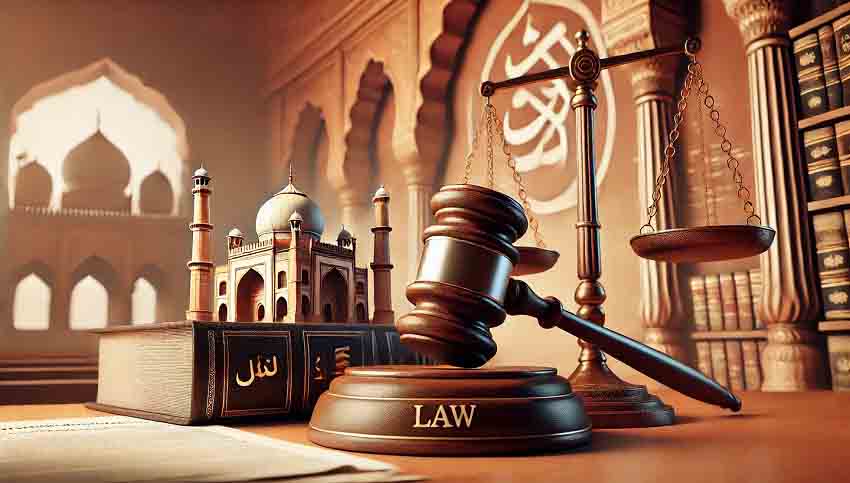

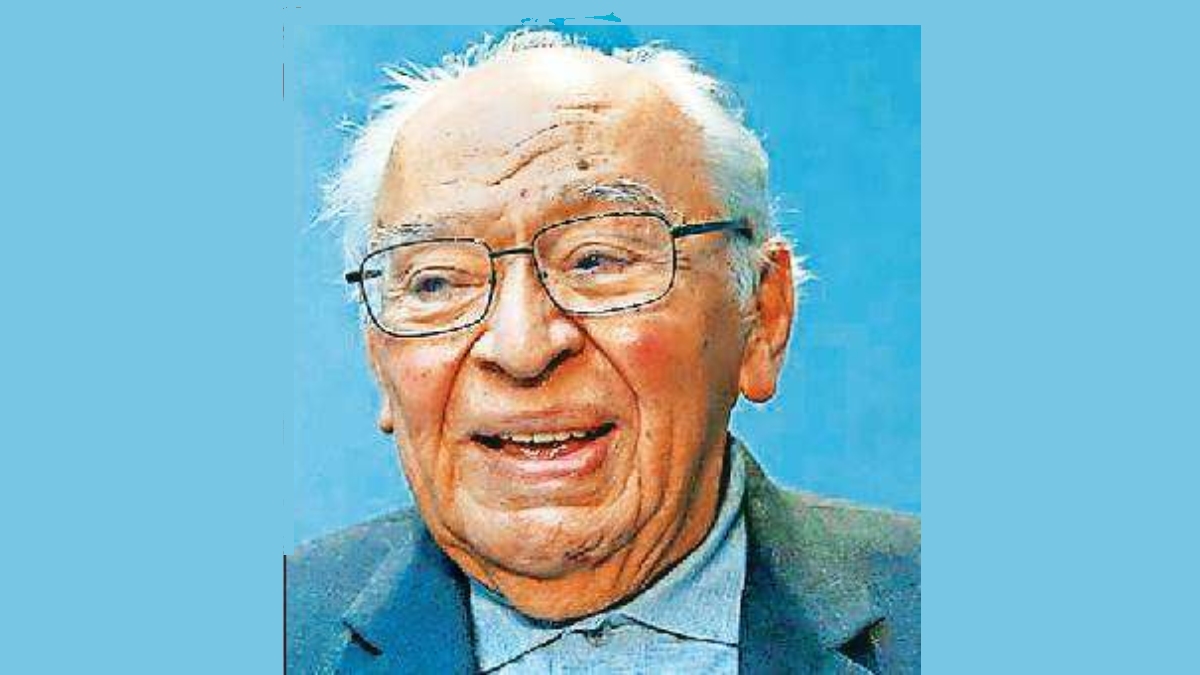
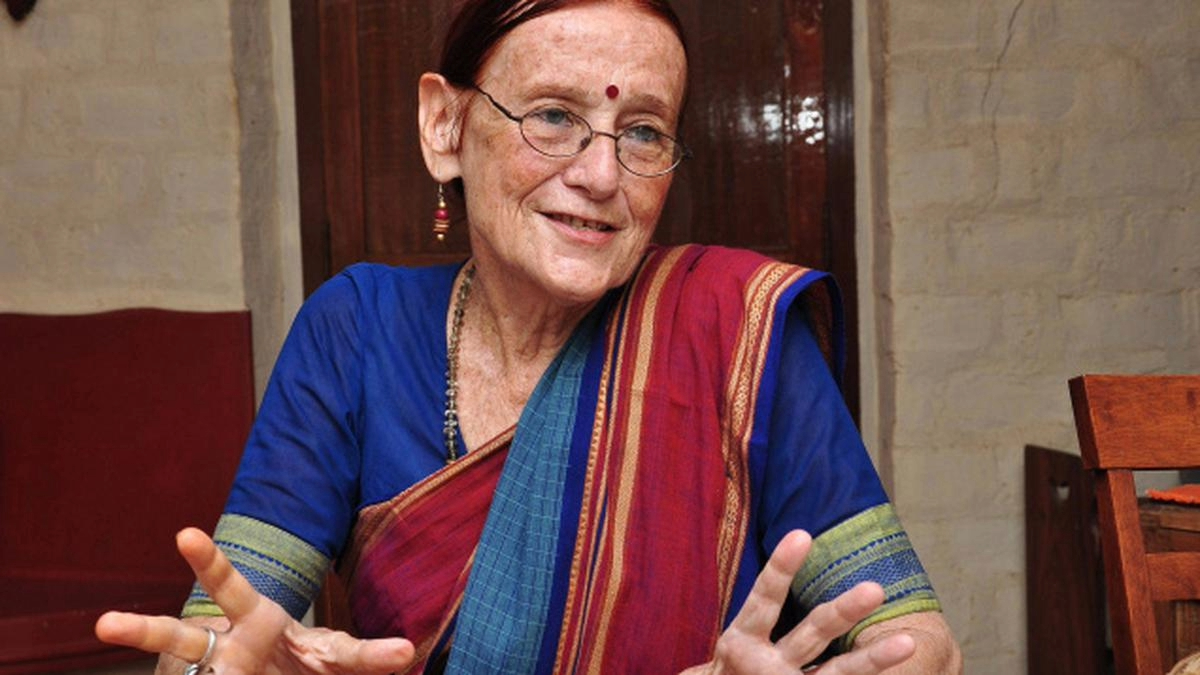
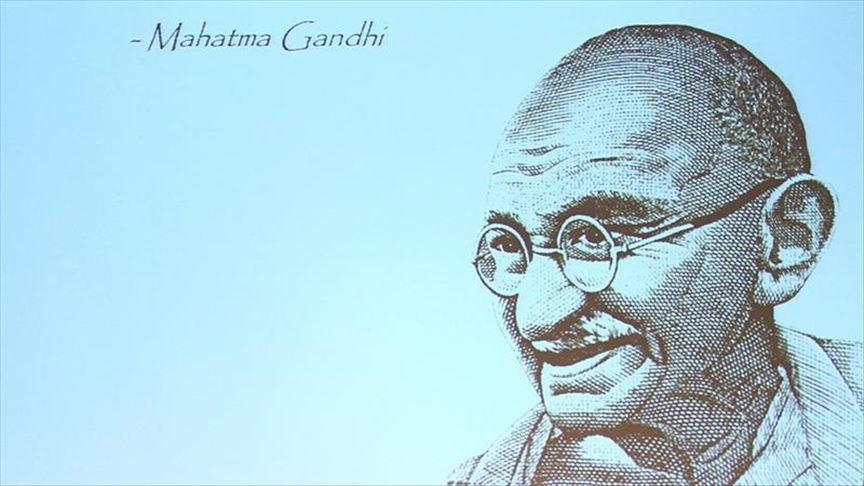
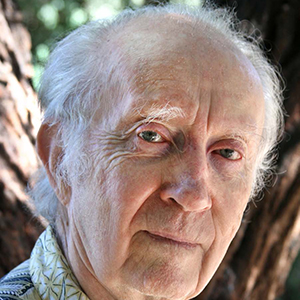

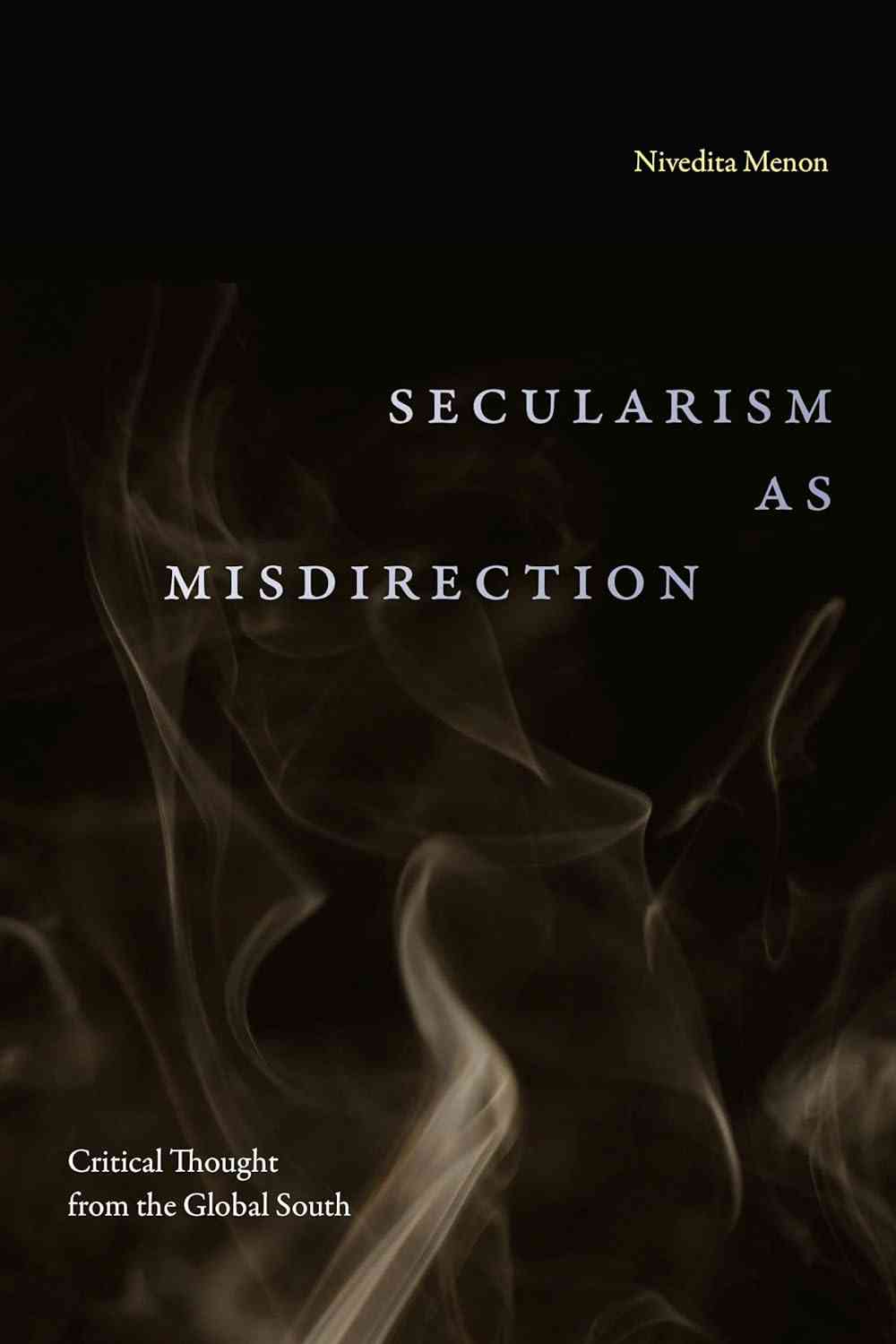
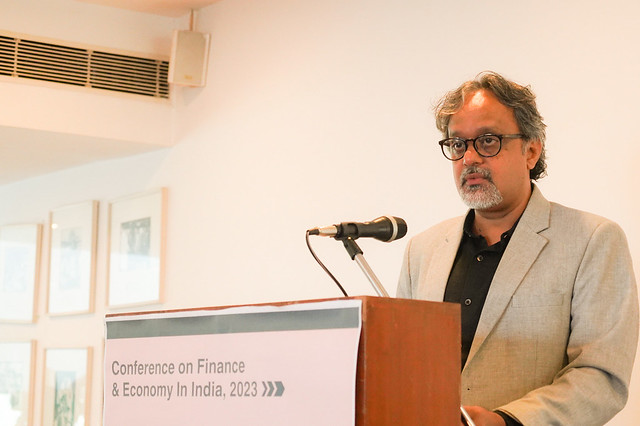

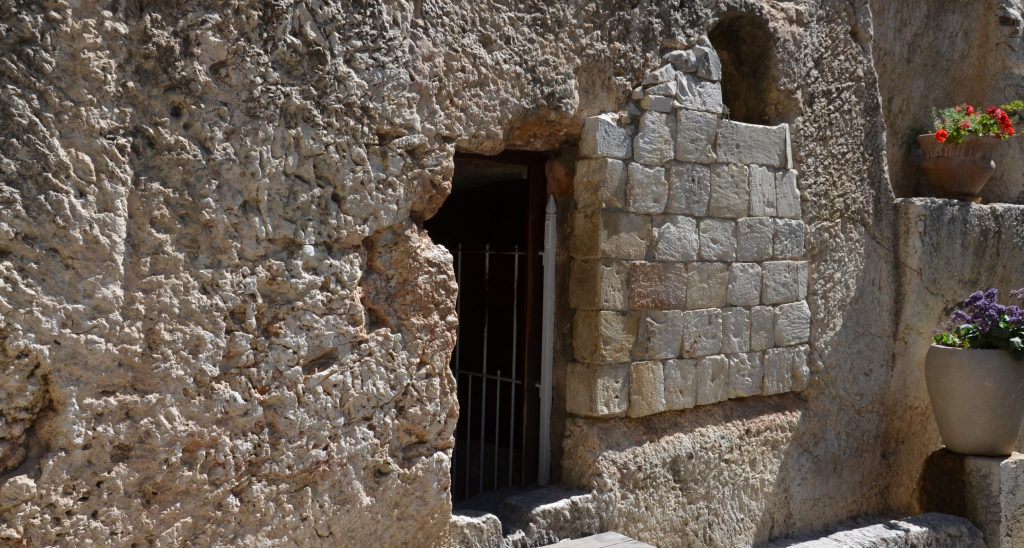
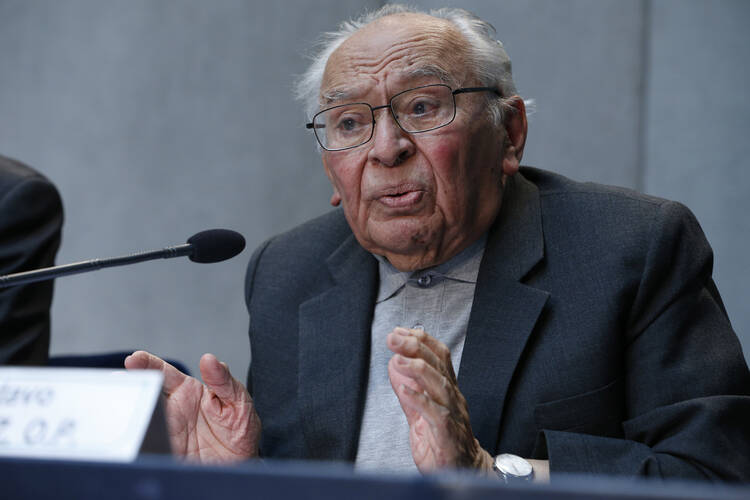

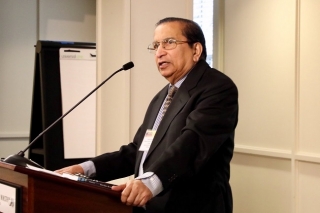
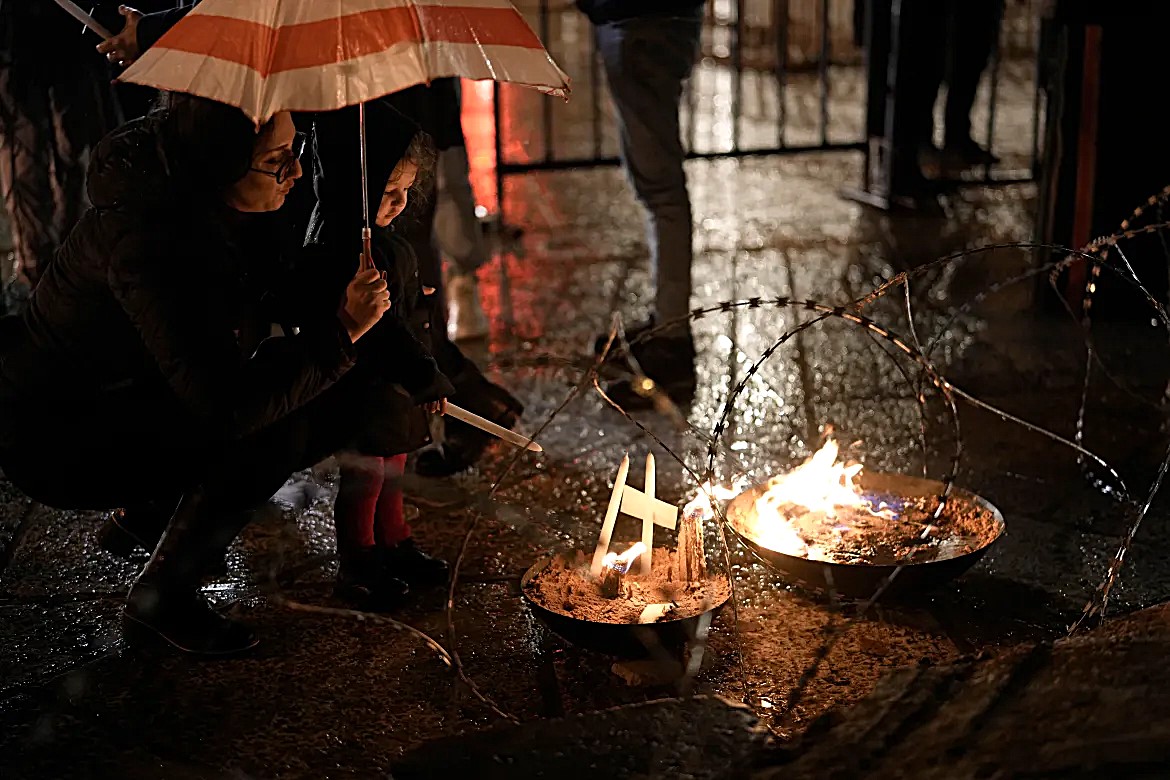
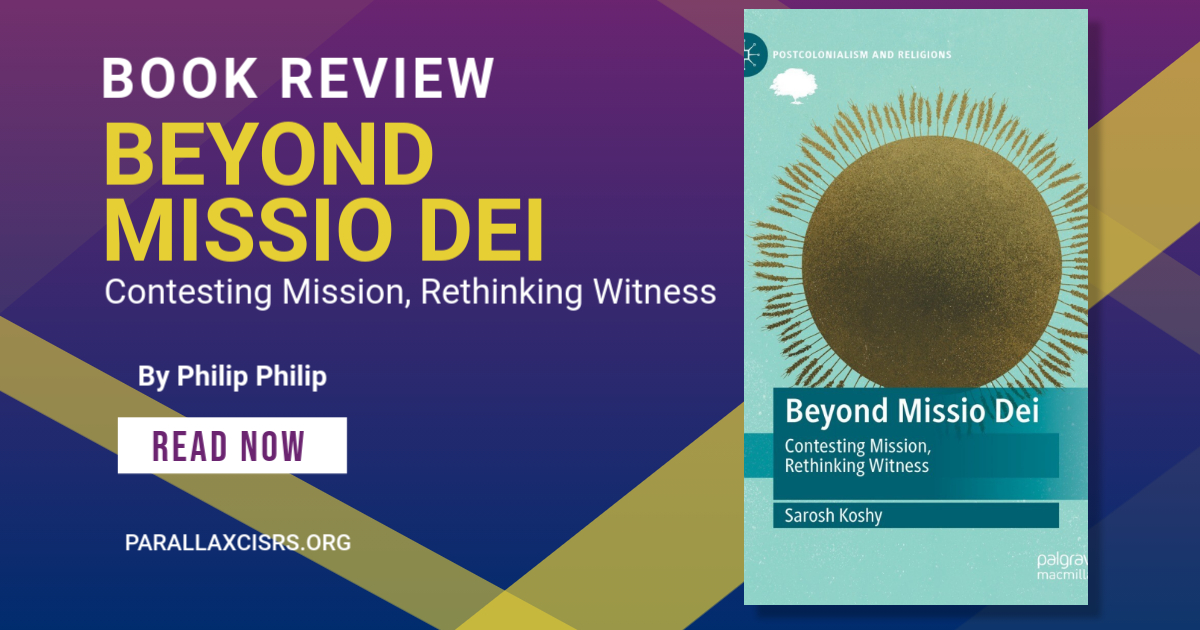

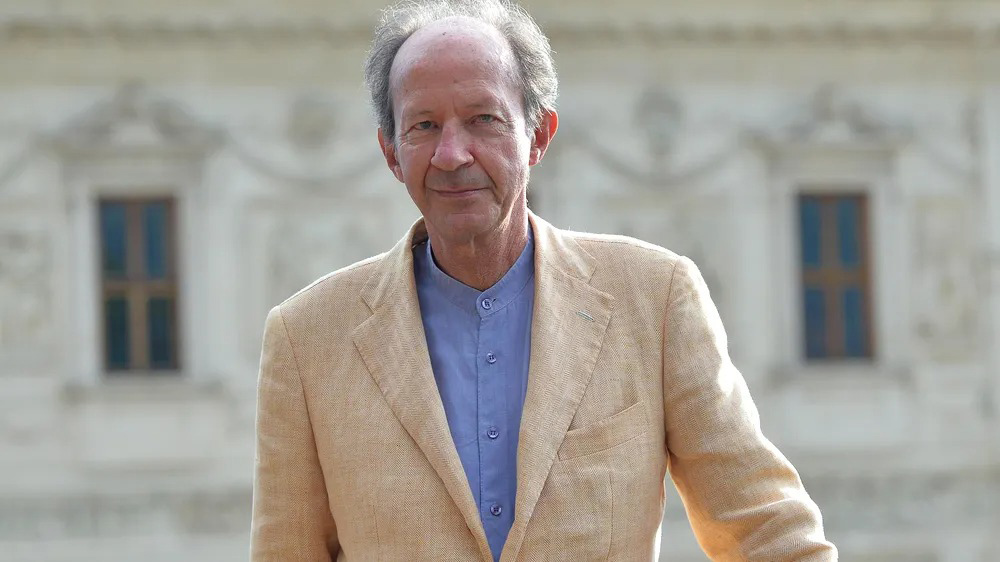


Comments
No Comments